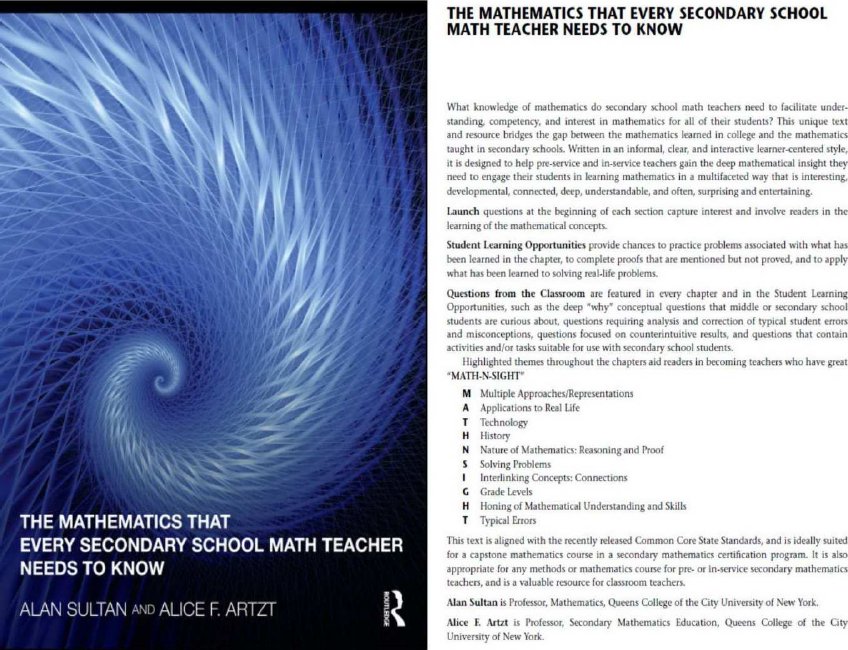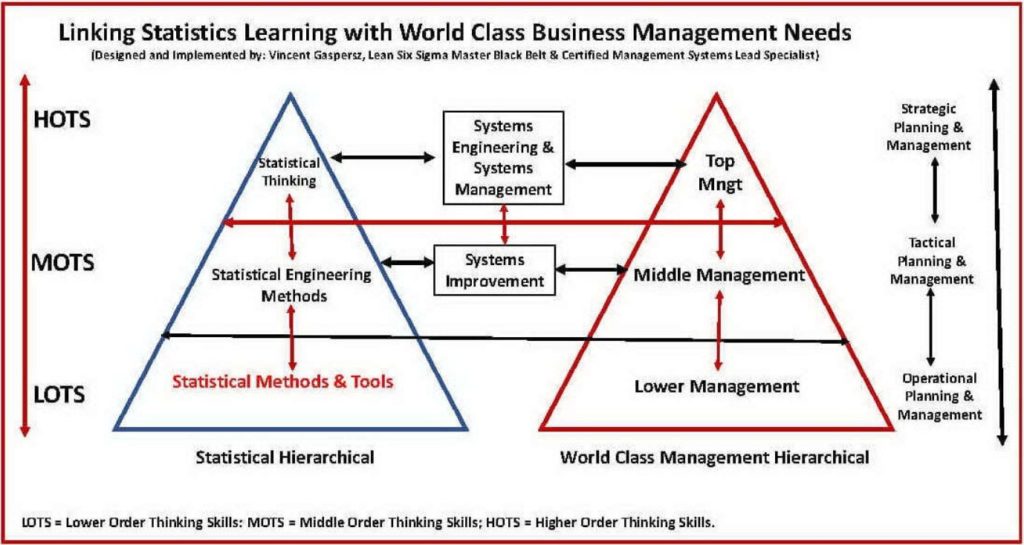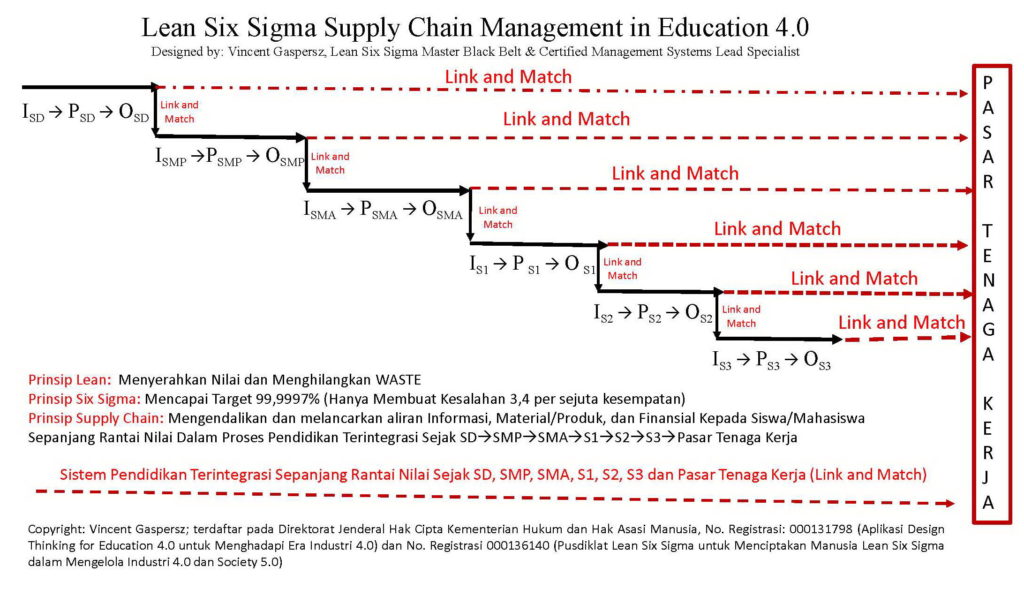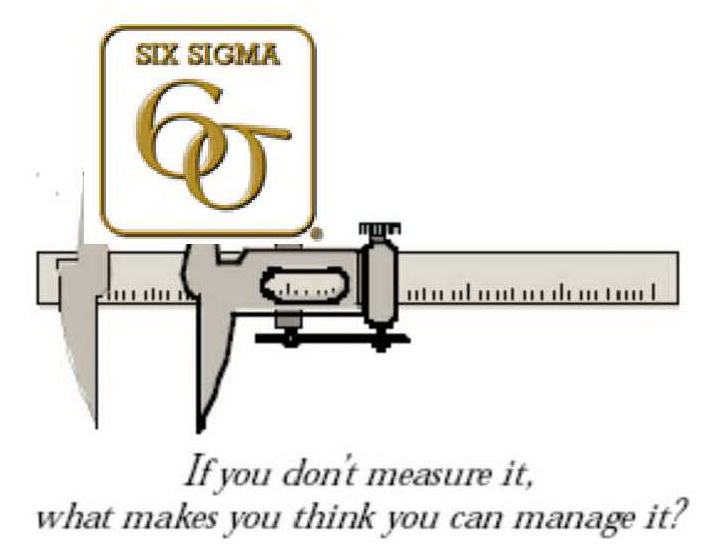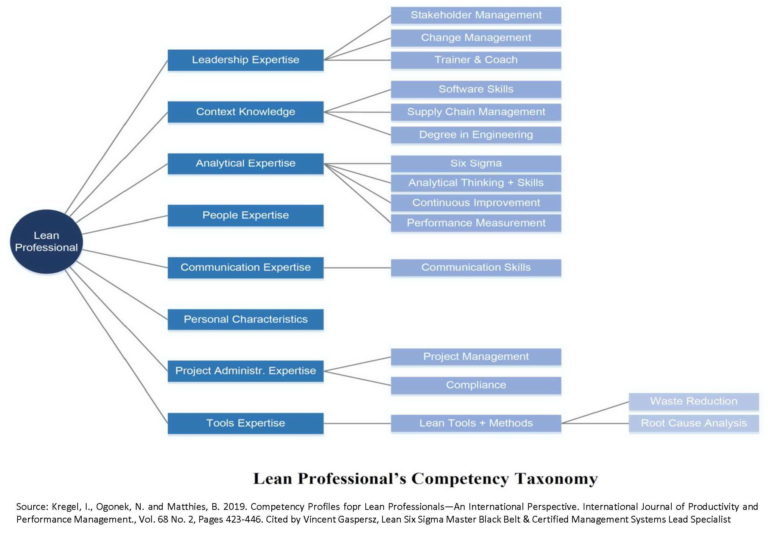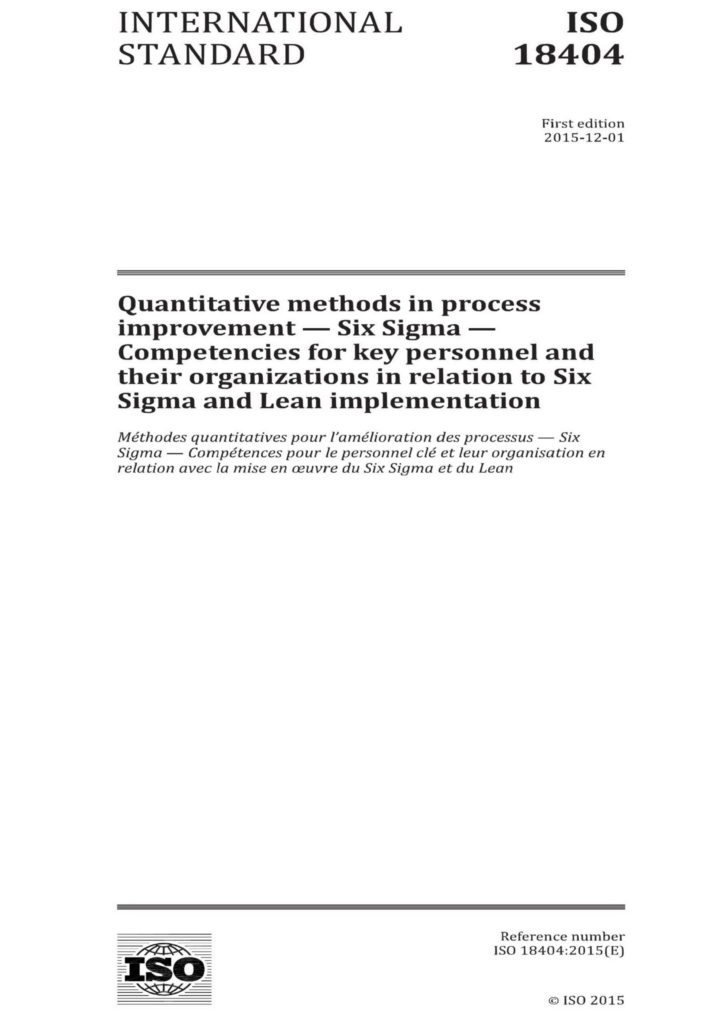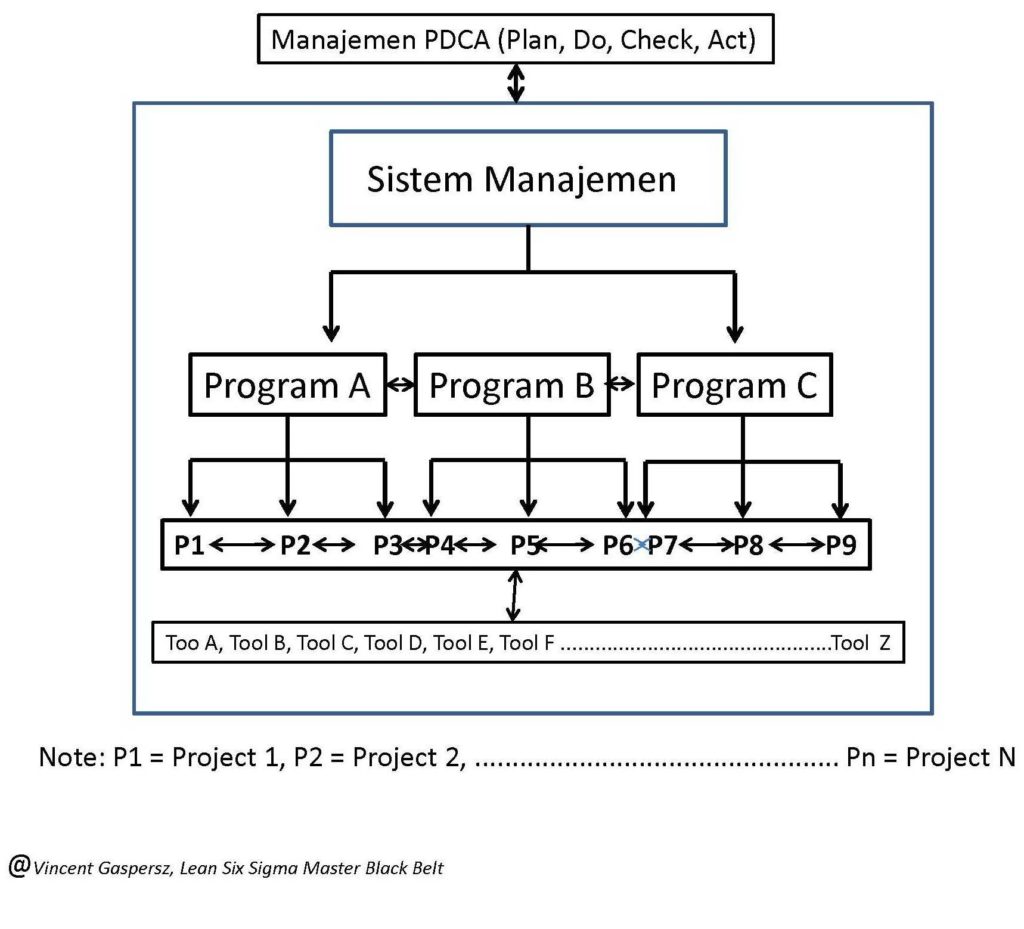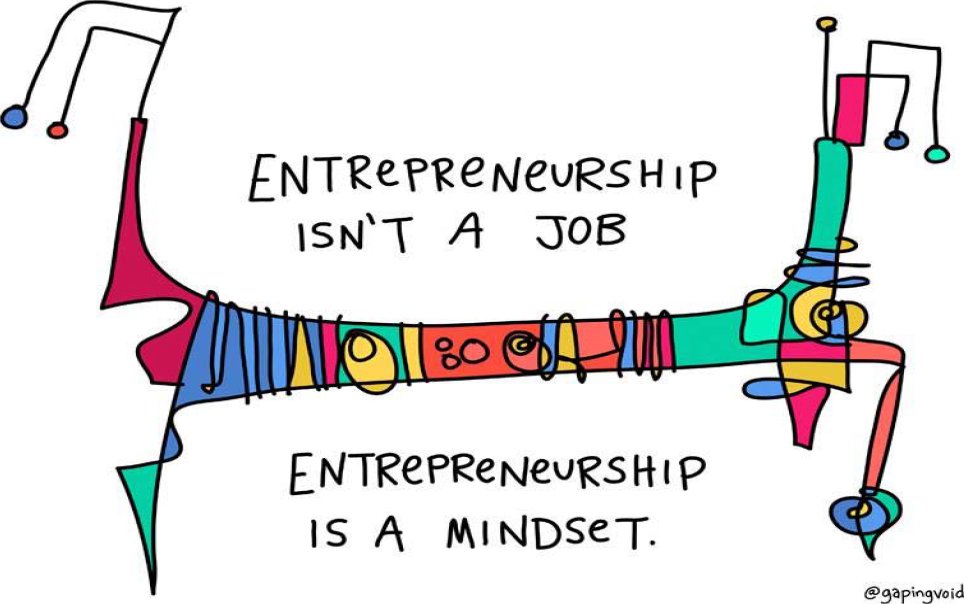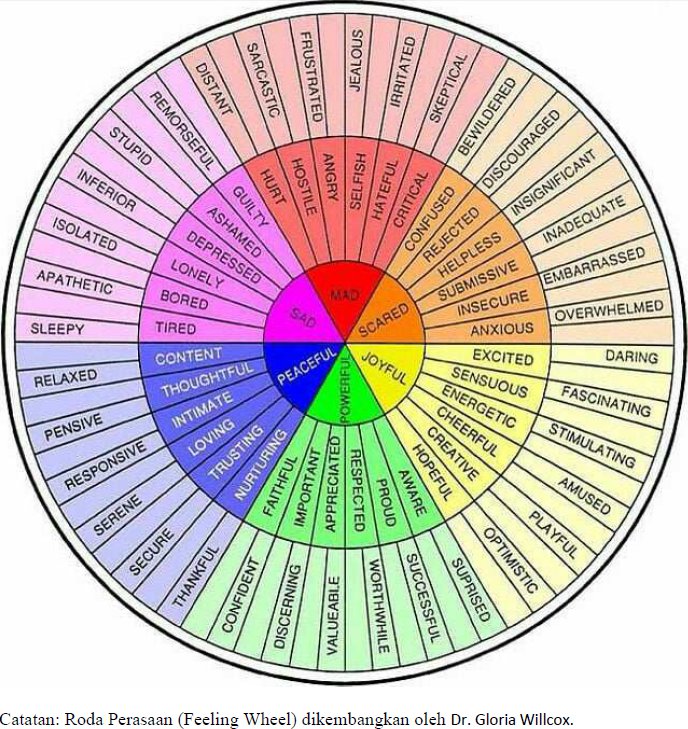-
Bahasa Indonesia
-
English
Sebagai orang yang PERNAH GAGAL belajar Matematika (dahulu Aljabar) di SMU, saya “penasaran” dan mencari REFERENSI untuk menggugat atau mengkritisi tentang metodologi pembelajaran matematika di SMU. Mengapa pelajaran Matematika yang SANGAT PENTING dan menjadi landasan bagi keterampilan berpikir menggunakan LOGIKA menjadi “MOMOK atau HANTU” bagi siswa-siswi SMU?
Ternyata hal ini juga menjadi “kegelisahan” dari dua orang Professor Matematika, yaitu: Prof. Alan Sultan dan Profesor Alice F. Artzt (Profesor Matematika dari Queens College of the City University of New York) yang menulis buku bagus tentang: “The Mathematics that Every Secondary School Math Teacher Needs to Know” (761 halaman) menggunakan pendekatan MATH-N-SIGHT yang menurut saya PRIBADI merupakan ESENSI dari pembelajaran Matematika yang sesungguhnya (lihat Bagan 1 di atas).
Pendekatan yang dilakukan menggunakan Akronim: MATH-N-SIGHT itu sebagai berikut:
- M = Multiple Approaches/Representations (Knowledge of the different ways problems can be represented and solved)
- A = Applications to Real Life (Knowledge of the role of mathematics in real life)
- T = Technology (Knowledge of the role of technology in solving mathematical problems and developing mathematical ideas)
- H = History (Knowledge of the human story behind the development of mathematical concepts)
- N = Nature of Mathematics: Reasoning and Proof (Knowledge of the role of reasoning, definitions and proof)
- S = Solving Problems (Knowledge of the different problem solving strategies, and ways of generalizing, and extending the problems)
- I = Interlinking Concepts: Connections (Knowledge of the linkages between and among different branches of mathematics and areas outside of mathematics as well as connections between secondary school and college-level mathematical concepts)
- G = Grade Levels (Knowledge of the grade levels in which the foundations of advanced concepts appear)
- H = Honing of Mathematical Understanding and Skills (Experience in revisiting mathematical concepts, with opportunities for developing more mature perspectives and skills)
- T = Typical Errors (Knowledge of the most common misconceptions students have that contribute to the most typical errors they make when doing mathematics)
Saya pertama kali belajar Total Quality Management tahun 1988 di Program Doktor Teknik Sistem dan Manajemen Industri Institut Teknologi Bandung juga menggunakan akronim Quality = Q-MatCh, yaitu Quality adalah Meet agreed terms (Memenuhi kesepakatan yang dispesifikasikan sejak awal) dan Changes (perubahan terus-menerus/continual improvement), sehingga belajar TQM tanpa Q-Match adalah NONSENSE alias TIDAK TAHU APA-APA.
Begitu juga apabila kita belajar Matematika biar LULUS dengan skor 100 TETAPI tidak PAHAM MATH-N-SIGHT seperti bagan terlampir adalah NONSENSE alias TIDAK BERMANFAAT. Dengan demikian TIDAK USAH terlalu berbangga diri, jika lulus atau pandai Matematika TETAPI tidak memahami MATH-N-SIGHT (lihat Bagan 2).
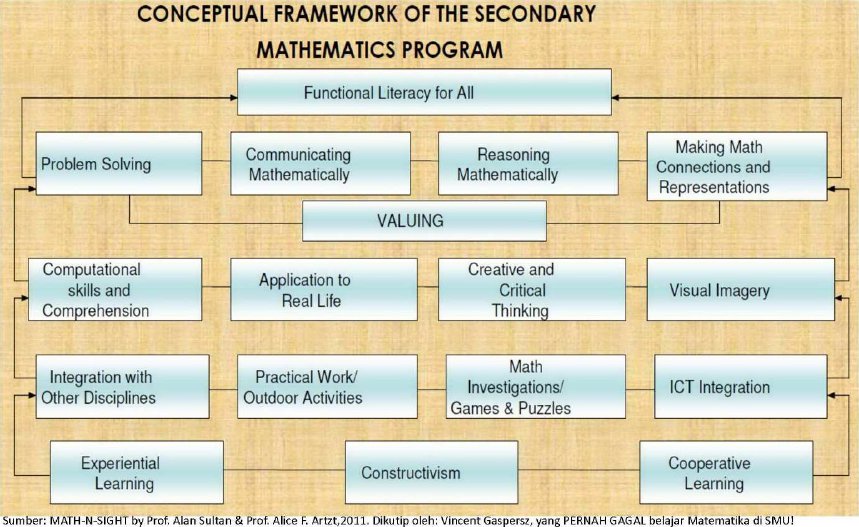
Demikian pula seseorang yang lulus atau pandai STATISTIKA (saya juga pernah GAGAL belajar Pengantar Statistika di program sarjana peternakan) yang hanya memahami statistical tools TETAPI tidak memahami Esensi dari Statistical Thinking yang sangat berkontribusi dalam Systems Thinking. Agar diketahui bahwa untuk mencapai Systems Thinking, maka terdapat empat landasan pemikiran berikut yang harus dibangun, yaitu: (1) Holistic Thinking (Structure, Function, Process, & Context), (2) Socio-cultural Model (Self-organization), (3) Operational Thinking Chaos & Complexity (Dynamics of Multi-loop Feedback Systems), and (4) Design Thinking (Creating Feasible Whole from Infeasible Parts). Systems Thinking ditunjukkan dalam Bagan 3.
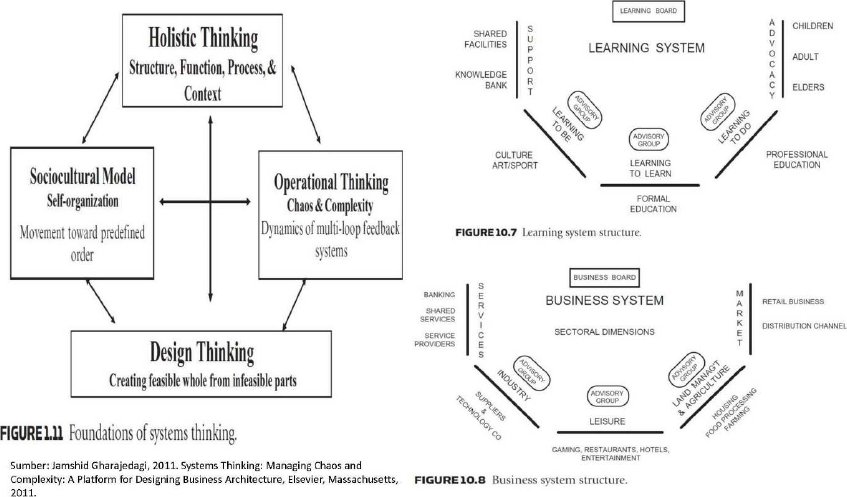
Salam SUCCESS.
There Ought to be Something Wrong in The Mathematics Learning Methodology in Secondary Schools
As a person who HAD FAILED Mathematics (formerly called Algebra) in high school, I am “curious” and looking for REFERENCES to contest or criticize mathematics learning methodology in high school. Why does Mathematics, which is a VERY IMPORTANT subject lesson and the foundation for LOGICAL thinking skills, become a scary “SPECTRE or GHOST” for high school students?
Apparently this matter also became the “anxiety” of two Professors of Mathematics, namely: Professor Alan Sultan and Professor Alice F. Artzt (Mathematics Professors from Queens College of the City University of New York), who wrote a good book on: “The Mathematics That Every Secondary School Math Teacher Needs to Know“(761 pages) using the MATH-N-SIGHT approach, which I PERSONALLY think is the ESSENCE of true Mathematics learning (see Chart 1 above).
The approach taken is using that Acronym of: MATH-N-SIGHT is as follows:
- M = Multiple Approaches/Representations (Knowledge of the different ways problems can be represented and solved)
- A = Applications to Real Life (Knowledge of the role of mathematics in real life)
- T = Technology (Knowledge of the role of technology in solving mathematical problems and developing mathematical ideas)
- H = History (Knowledge of the human story behind the development of mathematical concepts)
- N = Nature of Mathematics: Reasoning and Proof (Knowledge of the role of reasoning, definitions and proof)
- S = Solving Problems (Knowledge of the different problem solving strategies, and ways of generalizing, and extending the problems)
- I = Interlinking Concepts: Connections (Knowledge of the linkages between and among different branches of mathematics and areas outside of mathematics as well as connections between secondary school and college-level mathematical concepts)
- G = Grade Levels (Knowledge of the grade levels in which the foundations of advanced concepts appear)
- H = Honing of Mathematical Understanding and Skills (Experience in revisiting mathematical concepts, with opportunities for developing more mature perspectives and skills)
- T = Typical Errors (Knowledge of the most common misconceptions students have that contribute to the most typical errors they make when doing mathematics)
I learned Total Quality Management for the first time in 1988 in the Doctoral Program of Industrial Systems Engineering and Management of Bandung Institute of Technology also by using the acronym Quality = Q-MatCh, Quality is Meet agreed term (Meet the agreement specified from the beginning) and Changes (continuous change/Continual improvement); thus, learning TQM without Q-Match is NONSENSE aka NOT KNOWING ANYTHING.
Likewise if we learn Mathematics in order to PASS with a score of 100, BUT we do not UNDERSTAND MATH-N-SIGHT as the attached chart, that is NONSENSE alias NOT USEFUL. Thus, DO NOT be too proud, if you graduated or are good at Mathematics, BUT do not understand MATH-N-SIGHT (see Chart 2 below).

It is similar to someone who graduated or are smart in STATISTICS (I had also FAILED Introduction to Statistics in the Bachelor of Animal Husbandry program) who only understand statistical tools BUT does not understand the essence of Statistical Thinking that greatly contributes to Systems Thinking. To be known that in order to achieve Systems Thinking, there are four basic ideas that must be built: (1) Holistic Thinking (Structure, Function, Process, & Context), (2) Socio-cultural Model (Self-organization), (3) Operational Thinking Chaos & Complexity (Dynamics of Multi-loop Feedback Systems), and (4) Design Thinking (Creating Feasible Whole from Infeasible Parts). Systems Thinking is shown in Chart 3 below.

Best Regards for SUCCESS.
